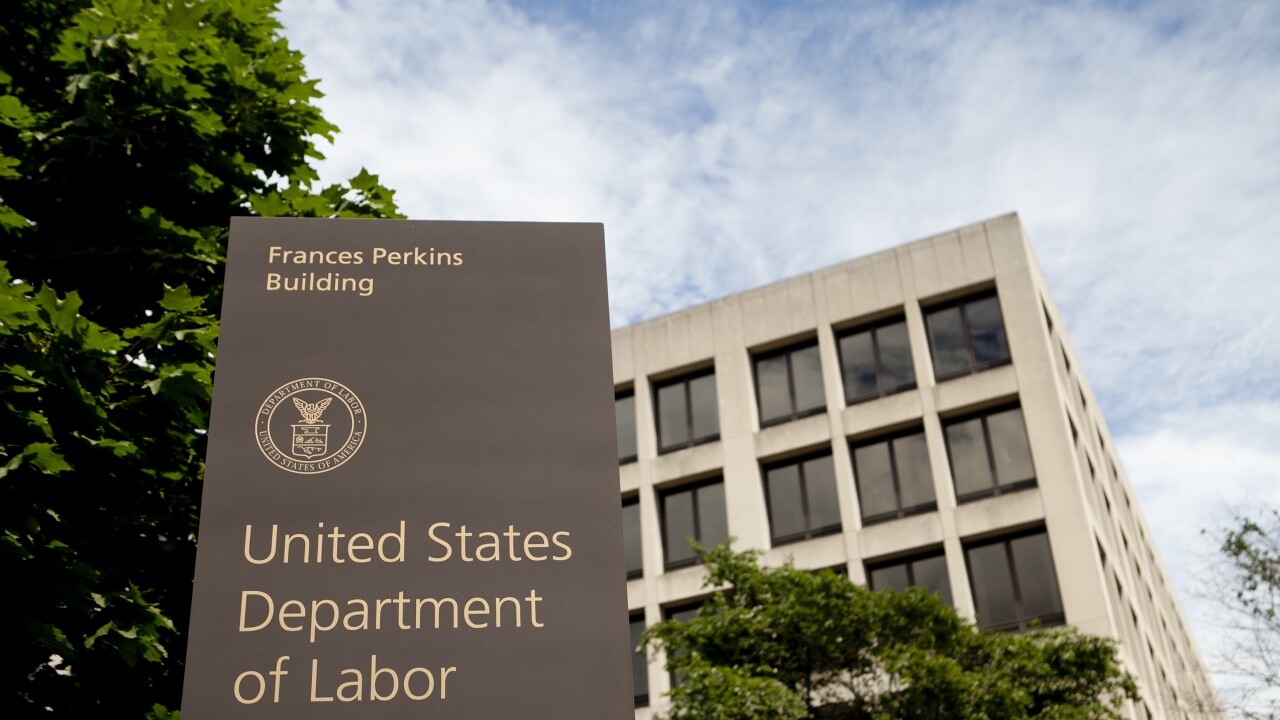The Internal Revenue Service’s unmet needs for information technology support are producing inefficiency and higher tax administration costs, according to a new report.

The
Because of insufficient resources, many IT projects aren’t begun that could potentially save significant IRS resources, protect tax revenue, and reduce the burden on taxpayers. There were 82 requests for IT projects denied in 2016 alone. IRS executives told TIGTA this had a number of negative impacts on tax administration, including the potential for billions of dollars in lost revenue, taxpayers not receiving proper credits, and the IRS having to pay a large amount of interest due to withholding that wasn’t credited to taxpayer accounts.
TIGTA found that the system the IRS uses to track IT requests doesn’t accurately reflect the status and actions taken on them. Not all of the denied requests are recorded, and, for the ones that were captured in the system, not all of them included a description of the reason why they were denied. IT organization resources and contractor costs weren’t always captured as required either.
TIGTA recommended that the IRS’s chief information officer coordinate annual meetings with business operating division executives and IRS chief officers to discuss the priorities in allocating IT organization resources. The report also recommended that all key work requests be submitted through the IT organization’s tracking system and that the IRS establish a process to track the estimated and actual resources needed to complete a work request by system or application. TIGTA also recommended the IRS update its internal guidelines to ensure that the information documented in the work request tracking system accurately reflects the status of the request, the IRS system or application to which the request applies, and the reason for the denial of the request.
The IRS agreed with five of TIGTA’s seven recommendations, but disagreed with the need to update internal guidelines to require users to identify the IRS system or application to which the work request applies. The IRS believes it already has procedures in place that require this.
IRS management also partially agreed to set up a process to track estimated and actual resources needed to complete a work request by system or application. The agency plans to work with information technology suppliers to do a cost-benefit analysis of establishing such a process.
“The IRS has a structured process for allocating funding to its operations activities consistent with best practices,” wrote the IRS's acting chief information officer, Nancy Sieger, in response to the report. “However, each year requires difficult tradeoffs as we consider making investments that support service delivery improvements, while simultaneously ensuring that the current production systems continue to execute IRS’s core mission of processing over 150 million tax returns, ensuring taxpayer compliance, securing taxpayer data from cyber threats, implementing new legislative requirements, and maintaining high service availability.”
Some of the legislative requirements the IRS will soon be facing come with the recently passed Taxpayer Protection Act, which President Trump signed into law last week (see





